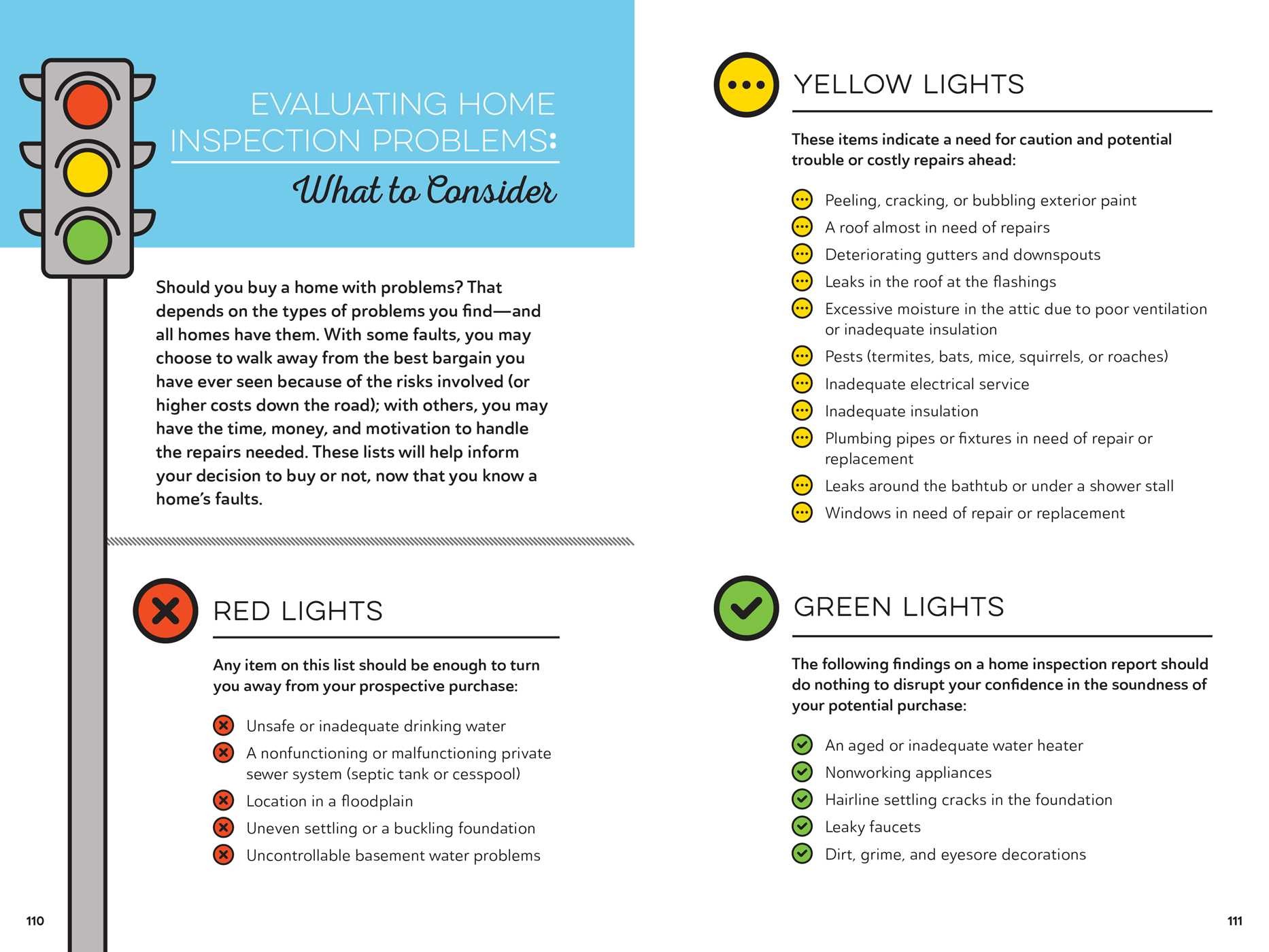The Significance Of Roof Covering Air Flow For Effective Installation End Results
The Significance Of Roof Covering Air Flow For Effective Installation End Results
Blog Article
Developed By-Caldwell Poole
When you're taking on a roof covering task, you might not think much concerning roofing system ventilation, however it's more important than you realize. Efficient air flow helps manage temperature level and dampness in your attic, avoiding problems like mold and mildew and architectural damages. By recognizing just how to make and install a balanced air flow system, you can enhance energy effectiveness and extend the life expectancy of your roofing materials. So, what are the key variables to consider during installation that can make all the difference?
Relevance of Roofing Air Flow
Roofing system ventilation plays a critical role in preserving the general health of your home. By enabling fresh air to circulate with your attic room, it assists control temperature level and moisture degrees. This equilibrium is important to avoid warm buildup throughout hot months, which can lead to raised energy costs as your cooling works overtime.
In addition, correct air flow significantly minimizes the danger of moisture-related issues like mold and mold. If humidity levels climb, your home's structural honesty can be jeopardized, resulting in pricey fixings. You wouldn't intend to handle decaying timber or distorted roof materials, right?
In addition, adequate air flow prolongs the life expectancy of your roof. When heat and moisture are kept in check, your roofing system can perform optimally, preventing early deterioration. This means less migraines and expenses down the line.
Just How Roofing System Ventilation Works
Efficient roofing system ventilation depends on the natural activity of air to develop a balance in between consumption and exhaust. When you set up vents, you're basically enabling fresh air to enter your attic while allowing hot, stale air to run away. This process assists regulate temperature level and dampness levels, avoiding issues like mold and mildew development and roof covering damage.
Consumption vents, generally located at the eaves, attract amazing air from outdoors. At the same time, exhaust vents, located near the ridge of the roof, let hot air surge and exit. The difference in temperature level produces a natural airflow, referred to as the pile result. As cozy air surges, it creates a vacuum cleaner that draws in cooler air from the lower vents.
To maximize this system, you require to make sure that the intake and exhaust vents are appropriately sized and positioned. If the intake is restricted, you won't achieve the desired ventilation.
Also, not enough exhaust can trap warm and moisture, resulting in potential damages.
Trick Installation Considerations
When setting up roofing system air flow, a number of vital factors to consider can make or damage your system's performance. Initially, you require to examine your roofing's design. The pitch, shape, and products all affect air movement and ventilation choice. Ensure to choose vents that fit your roofing system type and regional climate problems.
Next off, think about the placement of your vents. Ideally, you'll want a balanced system with intake and exhaust vents positioned for optimum air movement. Location intake vents short on the roof covering and exhaust vents near the optimal to urge an all-natural circulation of air. This arrangement aids prevent wetness buildup and promotes energy performance.
Do not ignore insulation. Appropriate insulation in your attic avoids warm from escaping and maintains your home comfy. Make sure that insulation doesn't obstruct your vents, as this can prevent air flow.
Finally, think of roofing contractors san antonio tx . Select ventilation systems that are easy to accessibility for cleaning and evaluation. Normal maintenance ensures your system continues to function properly in time.
mouse click the up coming web site
In conclusion, roofing system air flow is crucial for a successful installment. By guaranteeing appropriate airflow, you can stop warm accumulation and wetness problems that bring about pricey damages. When you tactically setting intake and exhaust vents, you enhance energy efficiency and extend the life-span of your roofing system. Remember, a well-ventilated roof not just protects your investment but additionally improves your indoor air high quality. So, focus on ventilation to make certain a resistant and affordable roof for your home.
